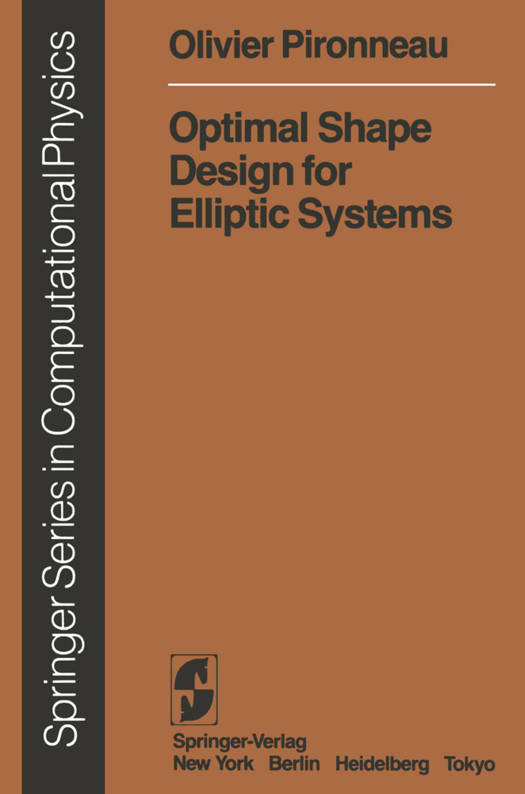
- Afhalen na 1 uur in een winkel met voorraad
- Gratis thuislevering in België vanaf € 30
- Ruim aanbod met 7 miljoen producten
- Afhalen na 1 uur in een winkel met voorraad
- Gratis thuislevering in België vanaf € 30
- Ruim aanbod met 7 miljoen producten
Zoeken
€ 167,95
+ 335 punten
Omschrijving
The study of optimal shape design can be arrived at by asking the following question: "What is the best shape for a physical system?" This book is an applications-oriented study of such physical systems; in particular, those which can be described by an elliptic partial differential equation and where the shape is found by the minimum of a single criterion function. There are many problems of this type in high-technology industries. In fact, most numerical simulations of physical systems are solved not to gain better understanding of the phenomena but to obtain better control and design. Problems of this type are described in Chapter 2. Traditionally, optimal shape design has been treated as a branch of the calculus of variations and more specifically of optimal control. This subject interfaces with no less than four fields: optimization, optimal control, partial differential equations (PDEs), and their numerical solutions-this is the most difficult aspect of the subject. Each of these fields is reviewed briefly: PDEs (Chapter 1), optimization (Chapter 4), optimal control (Chapter 5), and numerical methods (Chapters 1 and 4).
Specificaties
Betrokkenen
- Auteur(s):
- Uitgeverij:
Inhoud
- Aantal bladzijden:
- 168
- Taal:
- Engels
- Reeks:
Eigenschappen
- Productcode (EAN):
- 9783642877247
- Verschijningsdatum:
- 4/05/2012
- Uitvoering:
- Paperback
- Formaat:
- Trade paperback (VS)
- Afmetingen:
- 152 mm x 229 mm
- Gewicht:
- 254 g

Alleen bij Standaard Boekhandel
+ 335 punten op je klantenkaart van Standaard Boekhandel
Beoordelingen
We publiceren alleen reviews die voldoen aan de voorwaarden voor reviews. Bekijk onze voorwaarden voor reviews.








